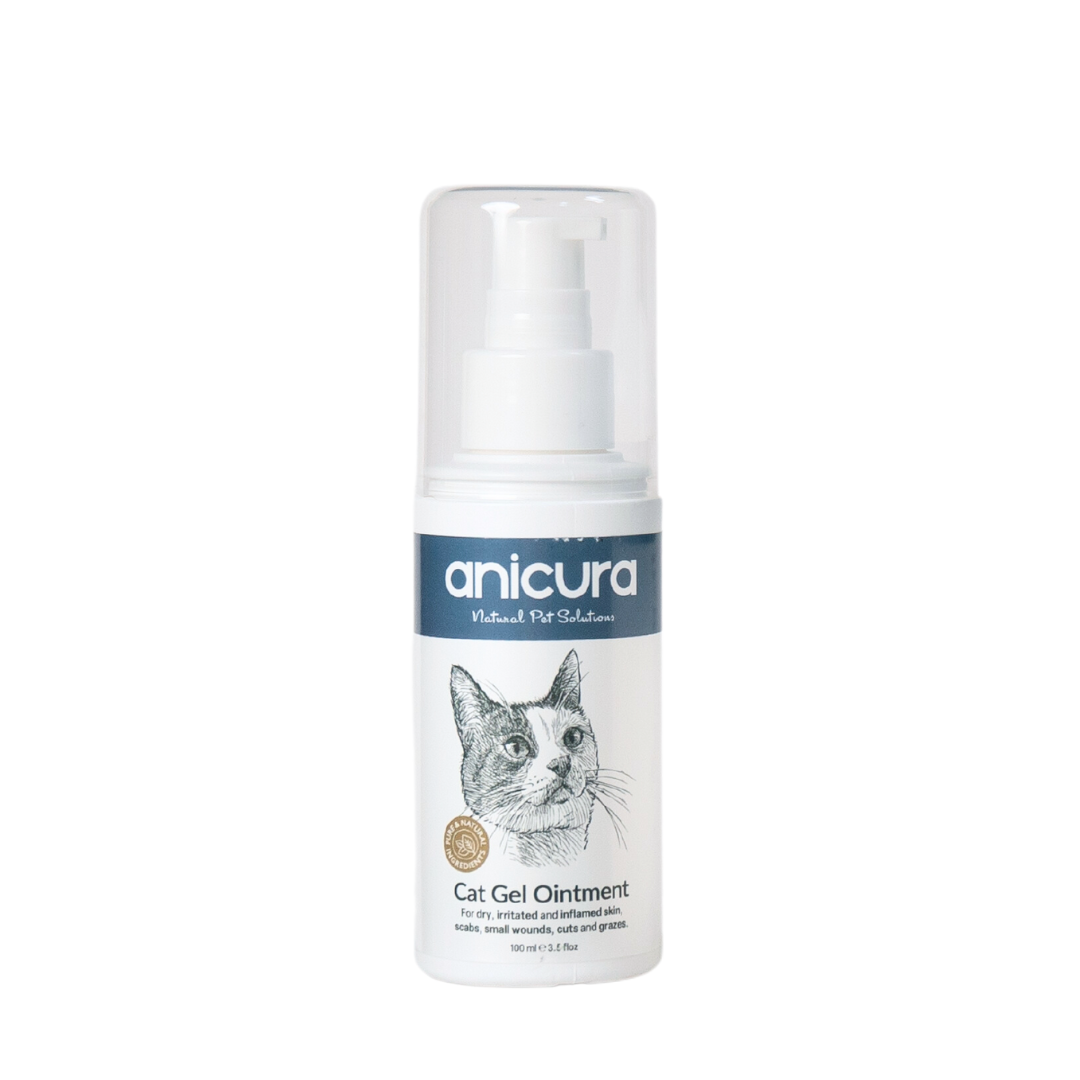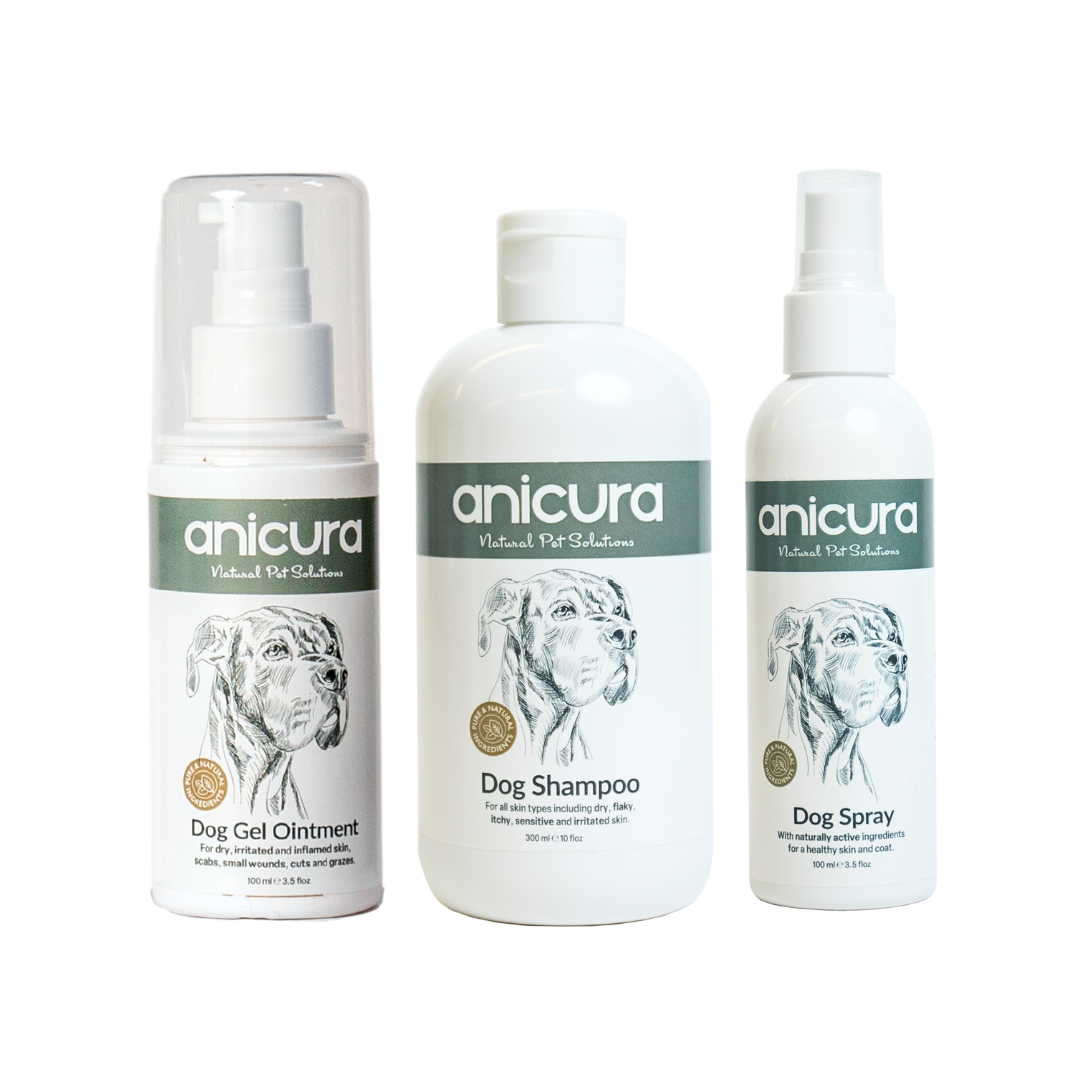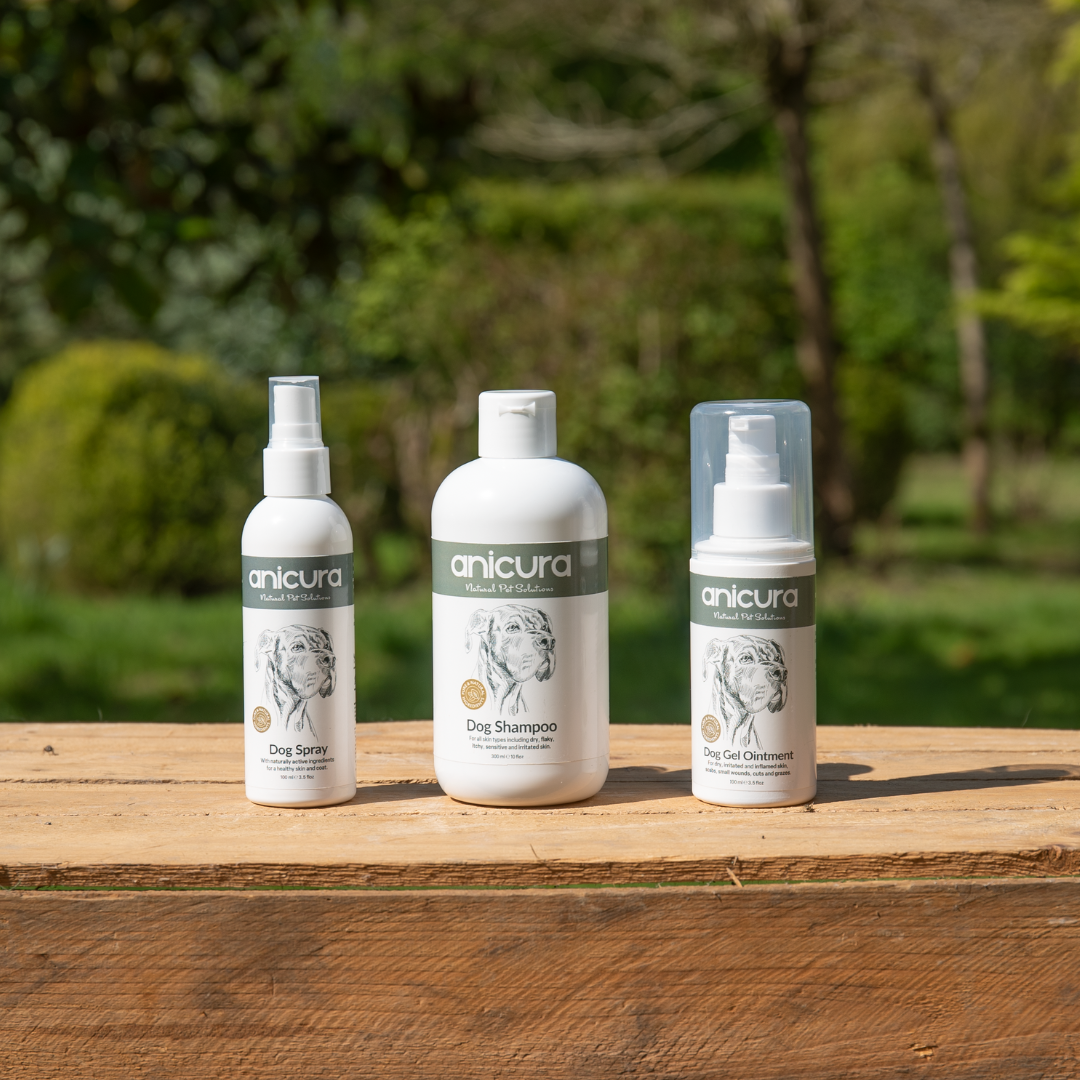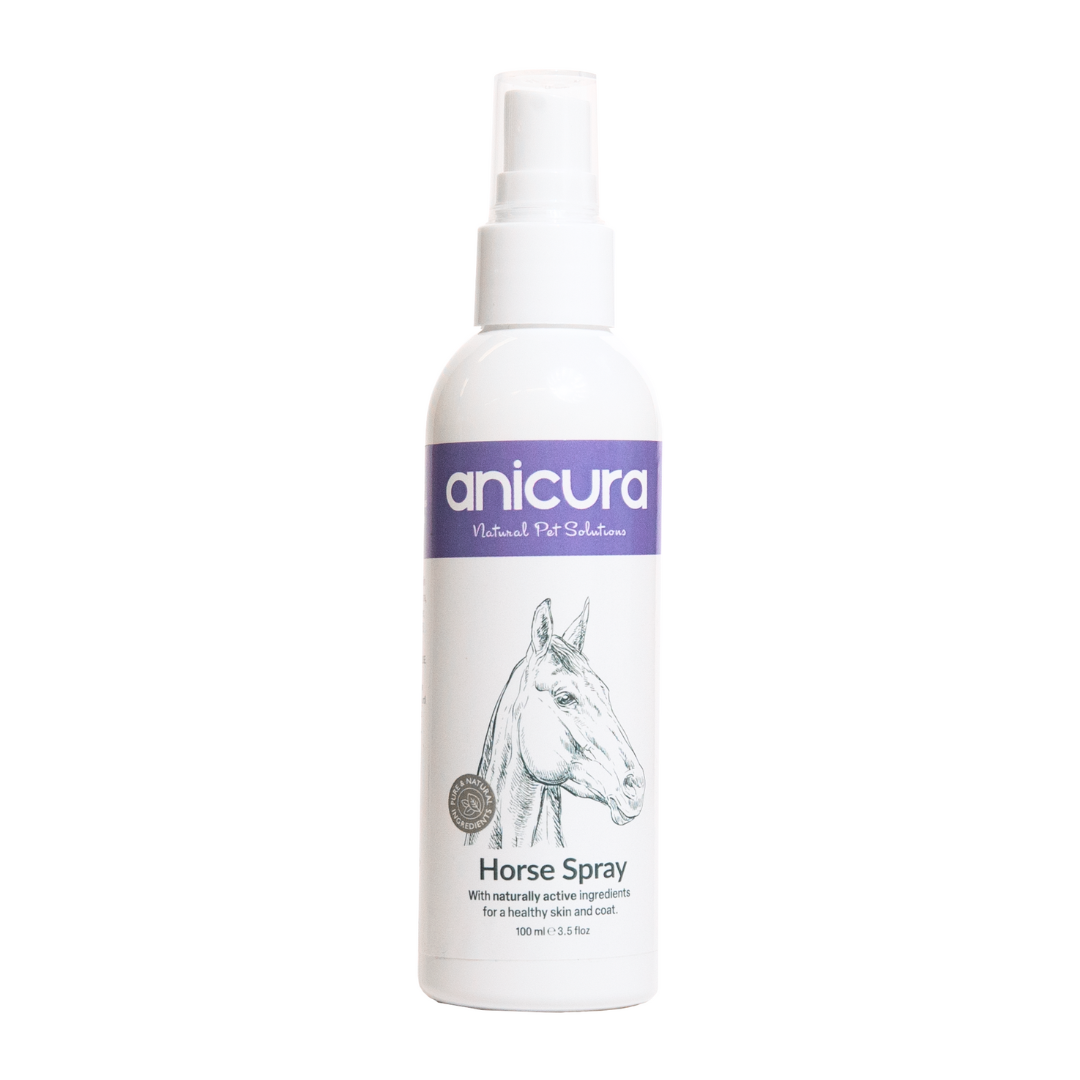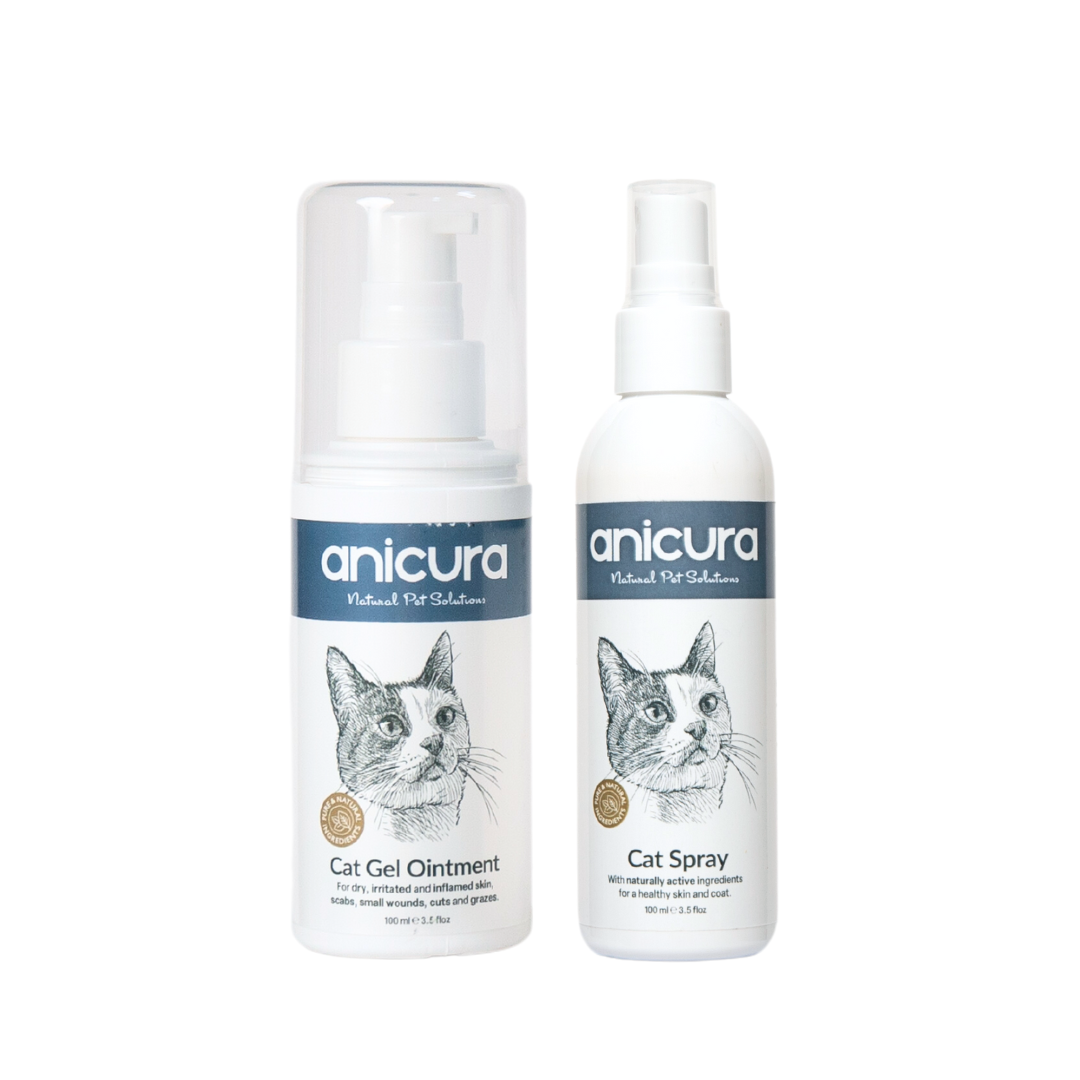If you’re a pet owner that’s ever taken their little furry friend on a walk in the great outdoors, or if your cat is an outdoor adventurer, then at some point you may have come into contact with harvest mites. They’re everywhere in summer and can be really uncomfortable for your pint-sized pooch. With that in mind, it’s so important to be aware of what they are, where they are, and what they can do to your pet.
We’ll start with the what: Harvest mites are minute creatures that live in dense vegetation, such as long grass, and feed on animals, from tiny squirrels to great danes! As long as the animal is warm-blooded, they’re not fussy. They’re at their most dangerous and irritating in their “larval stage,” before they’re fully formed, where they feed on an animal’s skin, which can be very painful. They’re at their most active from July to September and swarm together as an infestation.
How can we recognise harvest mites and what are their symptoms? Fortunately, they’re not microscopic, so they are visible to the naked eye. They may appear, at first glance, as a cluster of red bumps or red dust on your pet’s fur. Look closer and You’ll see the little red devils going about their nasty business. They usually pop up on the edges of ears and in the smaller nooks and crannies around the body (armpits, etc.). Some of the more obvious symptoms to look out for include excess scratching and itching by your pet, dry and crusty skin, inflammation, rawness or redness of skin or, in some cases, a smelly, oily substance in the infected area. Whatever the symptoms are, they’re always ugly and always uncomfortable for your pet.
The best way to treat a problem like harvest mites is always prevention. The red swarms despise citronella, eucalyptus, peppermint and lavender. As mentioned earlier, their prime time is between July and September, as the days are generally dry and warm (although, with an English summer, who can really tell). A good way to avoid harvest mites when it's hot, is to walk your dog early in the morning or at dusk, when it's generally cooler and some of that sweet morning dew may still be present on the ground. This prevents burnt paw pads, heat stroke as well as lessening the chances of exposure to harvest mites. While you’re out, be sure to regularly check your pet to see if any of the creepy crawlies are getting their hooks in early and act quickly if you see any.
If you do find them, then the best means to treat them is by getting at the harvest mites directly. Contact with the skin is essential and, here at Anicura, of course we’re all about the natural treatments! Our Shampoo contains Neem Oil, which is a powerful insecticide. It also contains Oatmeal, which soothes the skin and stops the itching at the same time. Adding some extra oats to the bath can up the soothing factor, too, along with Epsom salts that help kill the bugs. Just make sure that your pet doesn’t drink the water! Another way to treat a harvest mite infestation is to soothe the skin by using our Spray, which contains Aloe Vera, or, if your pet is particularly sore and scabby, use our Gel. The Spray is a good call generally, as it keeps the skin and coat healthy but also contains a number of essential oils that naturally repel harvest mites. Win-win!
If all else fails and you think the infestation could become too much for your pet, do not hesitate to see a vet but, hopefully, if you catch these creepy crawlies early, it shouldn't have to come to that! In the meantime, get your furry friend out there to enjoy the warmth of the sun (as long as it lasts)!





